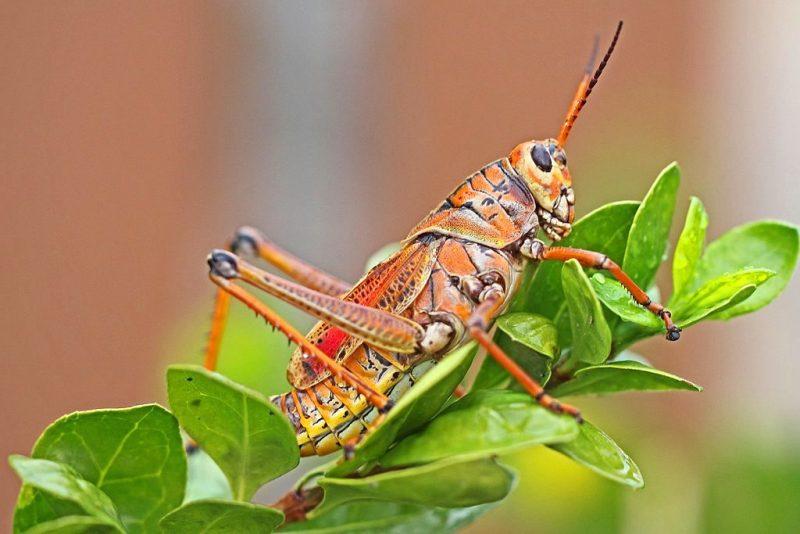Gardening is a hobby that the average person can spend their whole life learning about. Seeds fail, harsh weather seasons lead to damaged plants., Depending on where you live, different animals and critters can also make themselves at home in your garden.
Fortunately, due to advances in modern technologies, gardeners have more access to pest deterrent products and services than that of a gardener in the early 90s. Today we’ll take a look at several things you can do to keep critters out of your garden.
1) Carnivorous Insects

One of the more interesting ways you can protect your garden is to become familiarized with the types of insects that can damage your plants and the types of insects that only prey on other insects. Meaning, just because you spot a certain pest in your garden, it doesn’t necessarily mean that it’s there for one of your beloved plants, in some cases, it may have gravitated towards a planet-destroying insect.
Certain critters, such as lady beetles, praying mantis, robber fly, assassin bug, and lacewing larva, are carnivores that only feed on other insects. Therefore it can prove to be beneficial to attract insects that only feast on herbivore insects.
2) Trichoderma
Trichoderma can be best described as being a microbial agent that is severely underutilized. However, studies that were published by Virginia Tech demonstrate that this tiny fungus preys on fungi that damage crops. By adding Trichoderma to your soil, it can eliminate harmful microorganisms leading to a more fruitful harvest.
3) Scent Repellent
One of the more humane ways you can keep your garden critter-free is to use scent repellent. This can prove to be especially useful if you don’t want to utilize a physical barrier on your property. There are several ingredients that you can use to create your own smell repellents at home, such as citronella or peppermint.
4) Diatomaceous Earth
Diatomaceous Earth is an excellent repellent that is made from aquatic organisms which have become fossilized. Their fossilized skeletons consist of a substance called silica. Silica is extremely toxic to insects because upon contact, it removes their outer coating which helps them to retain moisture. In essence, when insects come into contact with diatomaceous earth, they eventually die from dehydration.
5) Homemade Insecticide
Then it comes to working in the garden, most gardeners practice their due diligence when it comes to using commercially available pesticides. Most gardeners hate the idea of tainting their produce with a commercially available pesticide. Fortunately, there are several home remedies that you can take advantage of. One of the safest homemade insecticides you can create is a solution that consists of vegetable oil and mild soap. This remedy can prove to be extremely effective against aphids, mites, and thrips.
6) Alternative Food Sources
When it comes to tackling larger critters such as squirrels, possums, and birds, one of the best things you can do is to establish an alternative food source. For instance, setting up a bird feeder in your front yard can help to keep birds away from your garden in the backyard. However, it’s worth noting that this takes some time and works best if you constantly provide a steady flow of food.
Critters can prove to be especially disheartening when they invade and damage your garden. Don’t lose hope and continue implementing different creative tactics to keep your garden safe and prosperous. By utilizing natural insect repellant and deterrents, you can easily keep your garden in tip-top shape and reap a bountiful harvest year after year.
Alex Capozzolo is a partner of Henry Buys Homes, a home buyer in Jacksonville, FL. He has been writing for the real estate industry for several years. Henry is a licensed agent that operates in the Florida market.
Photo Credits:
Praying Mantis
Eastern Lubber Grasshopper
